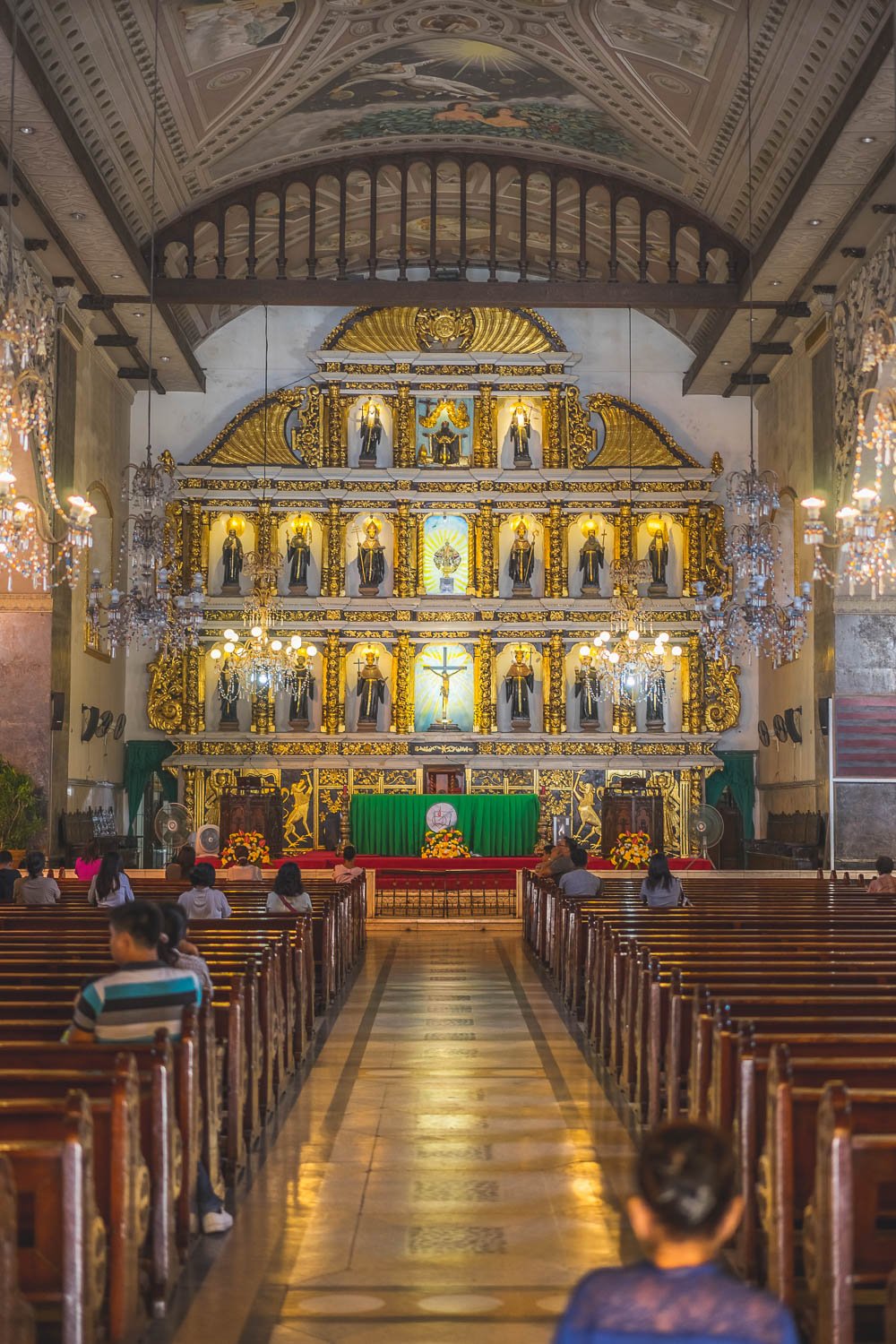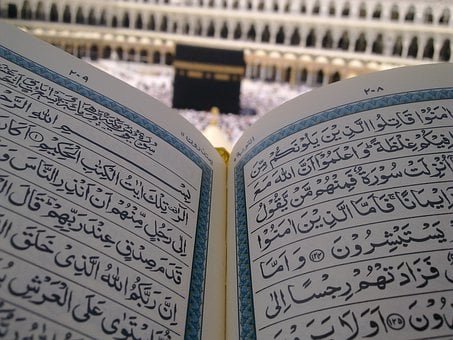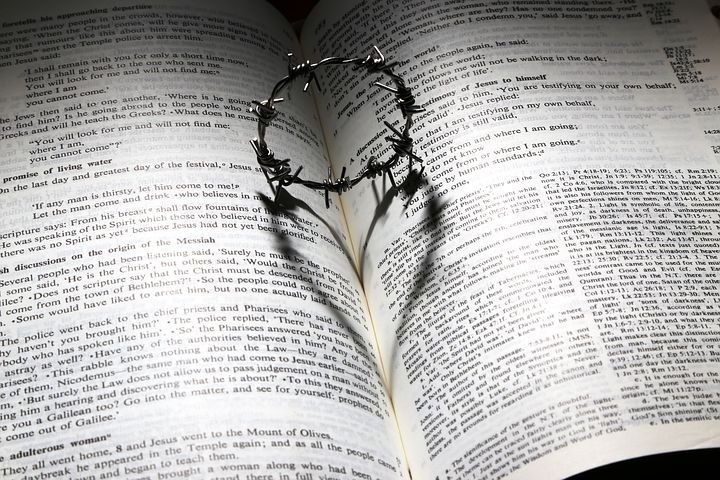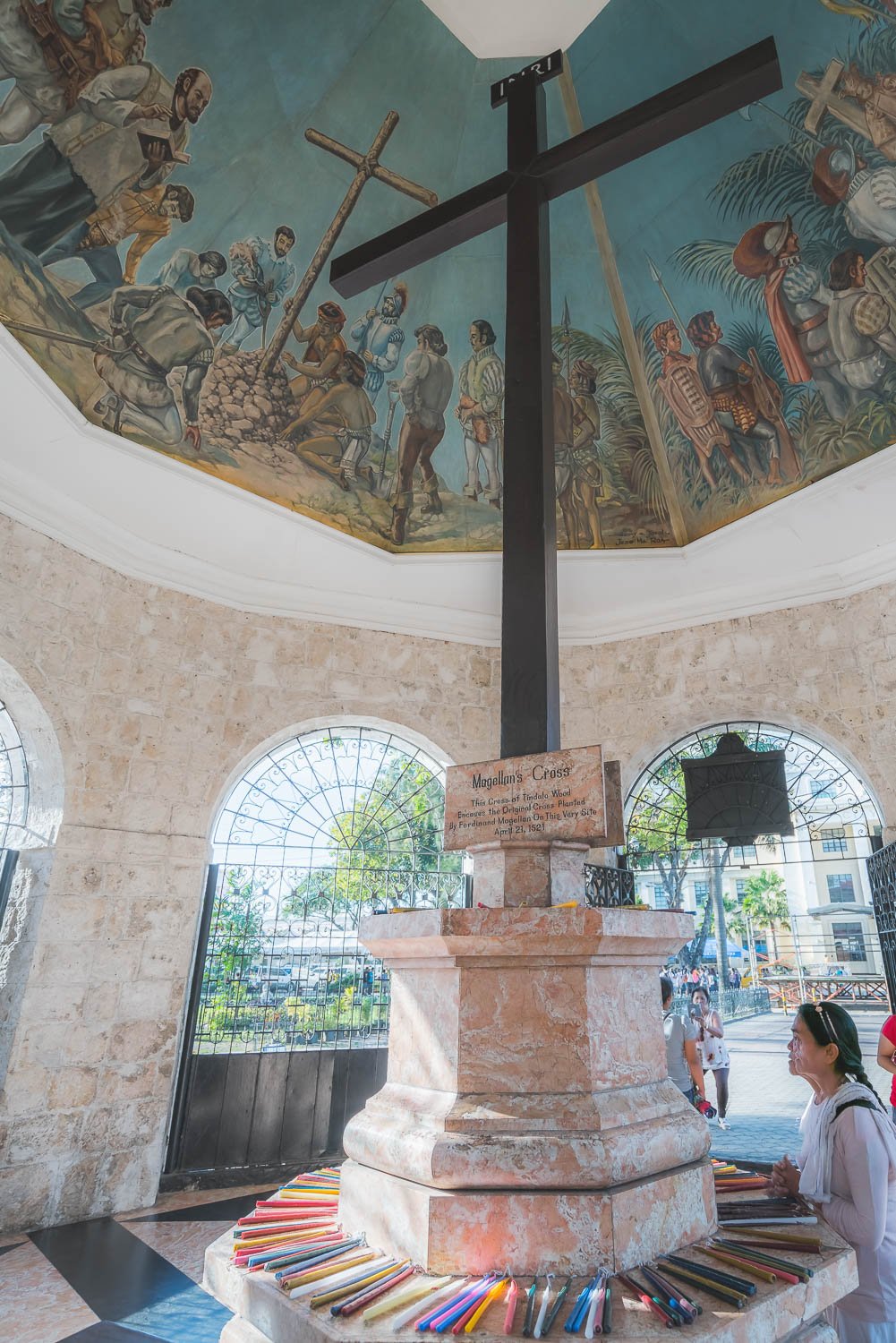Religion in the Philippines: Interesting History and Background
Can you believe that although the Philippines is a major Christian nation in Asia, it is composed of Muslims, Protestants, and other indigenous folk believers? Muslims make up 5% of the population, Protestants comprise 9%, and other religions take the remaining 3%. Around 83% of Filipinos are Roman Catholic. This is due to the heavy influence of Spanish colonists which lasted for 333 years (1565-1898). In fact, 8 out of 10 people in the Philippines consider religion very important.
What are the Other Christian Denominations in the Philippines?
A vast majority of around 76 million Filipinos practice Catholicism. The other Christian denominations comprise 11% of the population, such as Protestants, El Shaddai, Jehovah's Witnesses, and Iglesia Ni Cristo. There are about 90 Religious Affiliations in the Philippines recognised by the Philippine government.
Around 5.6% are Muslims, who mainly reside in the southern island of Mindanao and Southern Palawan, Philippines. Christianity and Islam are two foreign religions in the world that Filipinos embrace and practice today.
Here are some interesting Spanish influences on Philippine Culture that you might want to know.
What is the History of Religion in the Philippines?
Curious about the religion in the Philippines? Take a look at this. When the Spanish colonists came to the country in the mid-1500s, there were many Filipino natives who refused to accept Christianity. At that time, Muslims (followers of the Islam religion), had already been very strong through the influence of Southeasian traders in 1380.
There were anitists or pagans who lived in mountainous areas. They are early southeast Asian indigenous who worship mystical beings and pay deep respect to nature.
-
What is the Traditional Religion of the Filipinos?
The strong belief in Anito (or ancestor spirits and nature spirits) is referred to as Anitism. It is the traditional religion of the ancient Filipinos. In anitism, the creator of the well-being and the supreme God of the Filipinos has been called by the locals as Bathala since prehistoric times.
Many ethnic people and tribal groups in the Philippines living in the mountainous and remote areas continue to practice and conserve their unique indigenous religious beliefs in the Philippines, including their strong faith in Anito.
As a “melting pot of Eastern and Western culture”, the Philippines traditions are greatly influenced by indigenous Austronesean folks who wandered around the Philippines around 2200 BCE (Before the Common Era). Igorots in the Central Cordilleras, are one of many native people in the Philippines, who still uphold the way of life and beliefs in spirits. Know more about the unique and rich culture of the Igorots. -
Who Introduced Islam to the Philippines?
Catholicism, on the other hand, was brought to the Philippines by the Spanish explorers and missionaries in the 16th century. These people reached and settled in Cebu, in the southern part of the Philippines, and started to colonize and spread Catholicism to the natives of the place.
Note that Catholicism, specifically Roman Catholicism has become the largest Christian branch of the religious denomination among the majority of Filipinos. Here are some interesting facts about the Filipino culture and values that you might discover.
-
Who Introduced Islam to the Philippines?
You might be asking who brought Islam to the Philippines. It was the Arab missionaries and Malay Muslim merchants and sailors. Islam, as the second-largest religion in the country, was introduced to the Philippines during the late 14th century. Following the trade route in South East Asia, these merchants and sailors reached Sulu Islands in the Southern part of Mindanao.
Check out the archipelagic and geography of the Philippines consisting of more than 7,600 islands.
The Arrival of Religion During the American Colonization Timeline
You might have heard of America’s colonization of the Philippines, haven’t you? Did you know that Americans colonized the Philippines from 1898 to1946 to promote Christianity and democracy? During the early part of the 20th century, many other sects and religions came to the Philippines. These are namely:
Protestantism started around 1898.
The United Methodist Church mission began in about 1899.
Jehovah’s Witnesses arrived in the Philippines in 1912.
United Pentecostal Church International arrived in the Philippines in 1921.
During America’s colonization period, English was introduced to the Philippines. Learn more about the national language in the Philippines and discover why most Filipinos can speak conversational English.






Christian and Catholic: What's the Difference?
What makes Catholics different from Christians? If you are one of the many who can’t pick out the difference, here’s the catch. All Catholics are Christians, but not all Christians are Catholics. Christians are people who follow the life and teachings of Jesus Christ, while Catholics believe in the doctrine and authority of the Pope, the head of the Catholic Church.
Like other Christians, Catholics also believe in Jesus Christ and follow the Catholic religion ruled by the Vatican, the Center of Christianity, where the Pope lives. In the Philippines, Catholics call church leaders “Father”.
Other Filipino Christians can be referred to as Protestant, Seventh-Day Adventist, Bible Baptist, Born Again Christian, Mormon, Anglican or Iglesia ni Cristo member, and among others. These Christians are free to accept and interpret the teachings of the Holy Book called the Bible containing the "word of God".
Some Christians have a different religious leader other than the Pope. In the Philippines, Christians usually call their leaders “Pastor”. Learn more on how the Filipino culture evolves resulting from various foreign influences.
Filipinos also pay homage to the different images of saints. This practice is manifested by fiestas (pista in Tagalog) that are celebrated in towns in honor of sacred patron saints. You should not miss out on the best festivals and events celebrated in the Philippines during your visit.
What are the Political and Religious Conflicts Between Muslims and Christians in the Philippines?
A lot of people think of Muslims as strongly dominant people in Mindanao. Note that their influence in some parts of the Visayas and Luzon islands is also felt. History revealed that prolonged religious and political conflicts in the Philippines started when the Spaniards set foot in the country.
Spanish colonizers kept an eye on converting non-Christians to Roman Catholics. However, Muslim people remained faithful to their God named Allah.
Read our page about the brief political history of the Philippines to understand the long history of political conflict that can be traced back to Spanish colonization.
What are the Local Based Independent Christian Churches in the Philippines?
You’ll be interested to know that the Philippine Independent Church was formed during the period of rebellion against Spain in 1902. The mistreatment of Filipinos under Spanish colonial rule and the execution of nationalist José Rizal, who revolted against Spain and eventually became the national hero of the Philippines, drove people to create independent churches in the country.
Today, there are several nationalized Christian Churches in the Philippines namely:
-
Aglipayan Religion - It was founded in 1902 by the former priest Gregorio Aglipay. The Aglipayan Church claims to have around 8 million members, making them the second-largest single Christian denomination in the Philippines.
The church follows the teaching of Jesus Christ, but strongly opposes the Roman Catholic Church’s doctrine and the leadership of the Pope. Its members are mostly in the northern part of Luzon and throughout the Philippines including the diaspora (Jewish people living outside Israel) in North America, Europe, the Middle East, and Asia.
-
Ang Dating Daan - “The Old Path” in English is a religious radio and television program founded in 1980. This religion is known for its Bible expositions, where members get a chance to ask biblical questions to its host and Filipino founder Eliseo Soriano.
Dating Daan is a religious program aired in 73 countries worldwide including North and South America, Japan, and South Africa. Similar to Iglesia ni Cristo and Jesus Miracle Crusade, Ang Dating Daan members also reject the idea of the Trinity.
-
Iglesia ni Cristo - Founded in 1914 by Felix Y. Manalo, Iglesia ni Cristo is the largest independent Christian religious organization in the Philippines. It has many believers and followers not just from the country but also other parts of the Filipino communities across the globe.
The eye-catching, neo-gothic, and grand architectural churches of Iglesia ni Cristo are widely recognisable and visible nationwide. In 2015, about 2.6% of the Philippine population was affiliated with this religion. The members believe that there is no salvation outside Iglesia ni Cristo.
-
Jesus Miracle Crusade - It was founded in 1975 by evangelist Wilde E. Almeda. Jesus Miracle Crusade is the largest Oneness Pentecostal organization in the Philippines that believes in the gospel of Jesus Christ.
This religion claims to have around 1.5 million members spreading across the Philippines and 15 other countries. Members dress modestly and exercise self-control at all times.
How Does the Philippine Government Protect Religious Freedom in the Philippines?
Can you imagine how the government protects its citizens’ religious freedom despite the abundance of religions in the country? As a religious nation, it is amazing to know that Filipino citizens have the freedom to exercise religion and worship.
This means that everyone is treated equally regardless of religion. Religious freedom in the country is ensured and protected by the constitution of the Philippines since democracy was introduced in the year 1898.
During the colonial era in the Philippines, Catholicism, headed by the Prayle (priest or monk), played a dominant role in the administration of the Philippines , as well as in spreading religious education to the people
In the 1990s, the Catholic Church and the State were officially separated. Since the Philippines is predominantly Christian, religion still plays a prominent role in both political and societal affairs . One good example for this is the Catholic church’s way of opposing the reproductive health law which aims to provide free information and health care services to the Filipinos.
When the late President Benigno “Noynoy” Aquino signed the proposed law, he was threatened by the bishops , not to be granted with participation in the sacraments and services of the Catholic Church.
SUMMARY: Religion in the Philippines: Interesting History and Background
The long and interesting history of religion in the Philippines is due to the influence of Arabian traders who brought Islam, the Spanish colonisers who introduced Catholicism, and the Americans who introduced Independent Christian Churches and Democracy in 1898. These groups of people have significantly impacted the Filipinos’ culture and identity .
The 1987 Constitution of the Philippines recognises and guarantees the freedom to exercise religion and worship. Although the State and Religion are now separated, both influence each other in many ways. When you visit the most popular destinations in the Philippines, you will surely notice that it is a culturally diverse country.
How do you find the long history of religion in the Philippines? Check out the interesting facts about the Philippines and discover the natural beauty and rich culture of the country.







